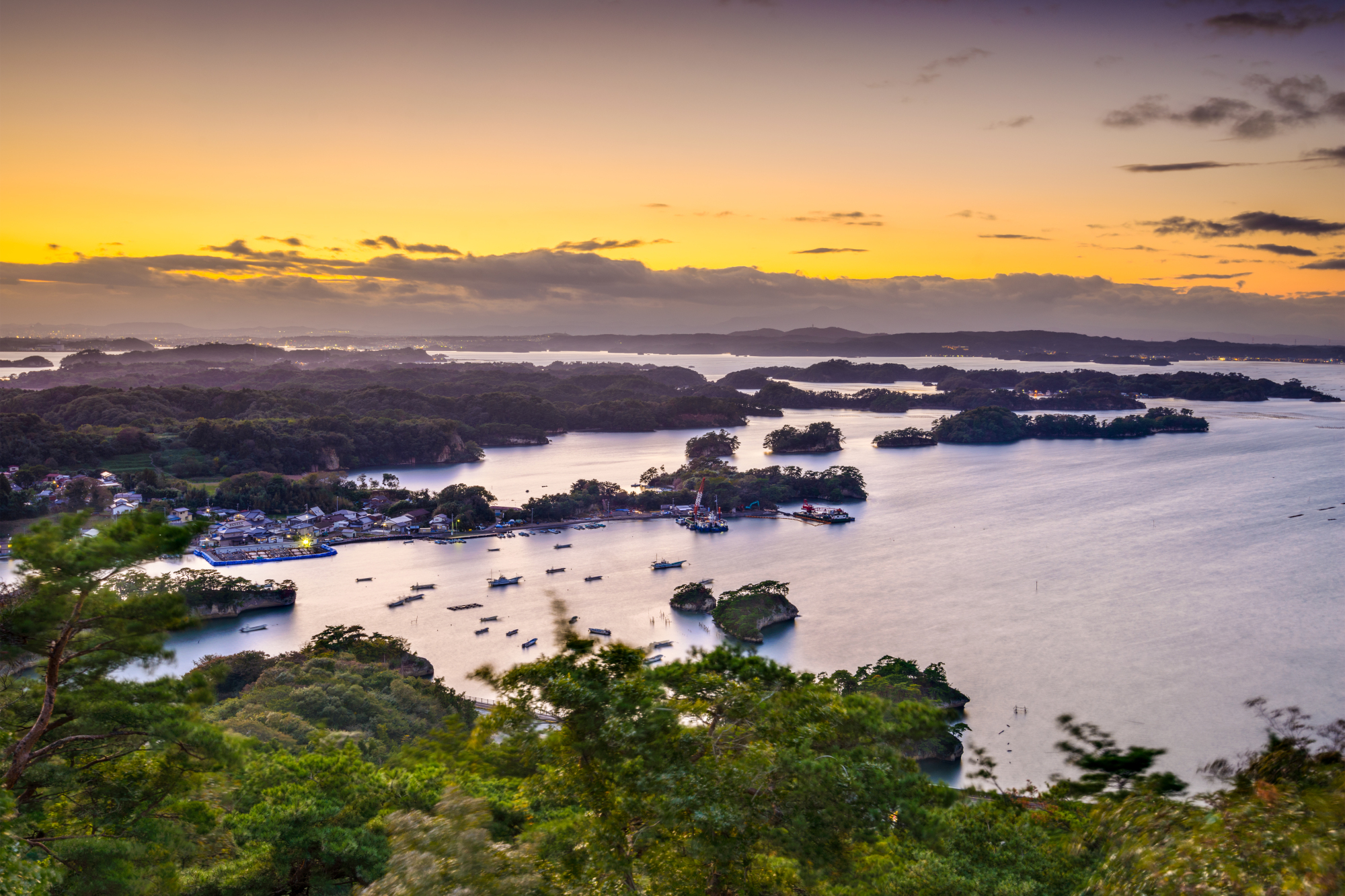In the town of Shiogama in Miyagi Prefecture, there's a residential neighborhood overlooking Matsushima Bay, the epicenter of Japan's catastrophic March 2011 earthquake and subsequent tsunami. On a quiet street there, chef Hideyuki Irakawa and his wife, Michiko, have been serving samurai food from their restaurant, Chimatsushima, for the past two decades. The smoky, wholesome cuisine has given fighters a nutritional leg up for hundreds of years, but now its varied flavors are tempting a wide array of locals and tourists. The Irakawas have made it relevant for the 21st century by adding touches of artistry that feel distinctive to the Tohoku region; last year, when Miyagi Prefecture celebrated its inaugural Michelin Guide, theirs was one of 11 local restaurants to earn an initial star.
Tohoku, which makes up the entire northeast of Honshu, is where samurai cuisine rose to prominence in the 1600s, during the Edo Period (1603-1868). Back then, Japan's warriors typically ate a simple diet of miso soup and brown rice to carb-load for battle. Adding textural variety and strong flavors helped encourage them to consume more grain, so kitchens of the era experimented with adding distinctive, salty side dishes: pickled vegetables and plums, seaweed, and nattō (fermented soybeans).
Both samurai cuisine and the Tohoku region remain wildly under the radar. Only 1.3 percent of inbound tourists to Japan venture to Miyagi or Tohoku's five other prefectures — Akita, Aomori, Fukushima, Iwate and Yamagata. But Michelin's support is catalyzing the region's reputation as a bastion for top-notch, warrior-worthy meals.



















With your current subscription plan you can comment on stories. However, before writing your first comment, please create a display name in the Profile section of your subscriber account page.